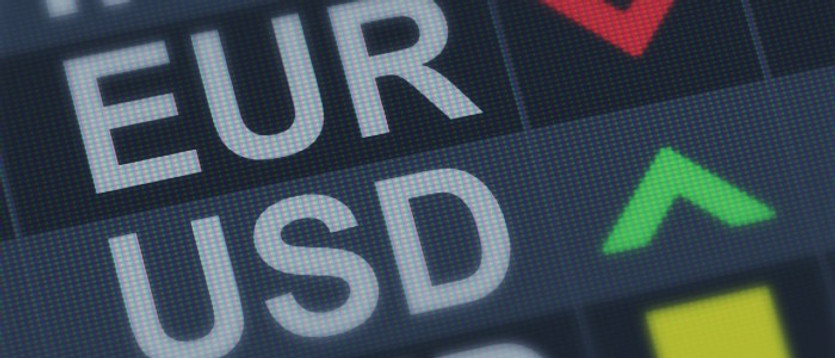The dollar fell during today's Asian session. However, its decrease, most likely, is still corrective. Investors prefer defensive assets, including the dollar, against the backdrop of events in Ukraine. The DXY dollar index reached its highest level in 21 months at 99.41 on Monday, and its growth, as economists expect, will continue.
Meanwhile, oil and gas prices continue to break records in the market, threatening Western economies with a sharp increase in inflationary pressures. The euro looks vulnerable to the threat of Russia cutting natural gas supplies to European countries in response to the imposed sanctions. Since the beginning of the Russian military special operation in Ukraine, the price of natural gas in Europe has already risen by almost 200%, and this creates significant problems for the growth prospects of the Eurozone economy, economists say, expecting the European economy to slow down significantly, unlike other major economies.
The data published the day before, according to which in the 4th quarter of 2021 the GDP of the Eurozone grew by +0.3% (+4.6% in annual terms), which fully coincided with the expectations of economists, provided moderate support for the euro. According to these data, the employment rate in the Eurozone also increased in December (+0.5% and +2.2% in annual terms).
However, these data correspond to the period before the start of Russia's special military operation in Ukraine.
Now, the economic situation in the Eurozone has deteriorated much, and inflation has risen significantly, including due to rising energy prices. For example, a barrel of WTI oil rose 3.6% above $123.00, while Brent crude topped $131.00 yesterday after Biden announced a ban on Russian oil imports.
The focus of investors this week is the ECB meeting, which will end on Thursday with the publication (at 12:45 GMT) of the decision on interest rates. Economists expect annual inflation in the Eurozone to peak at 6.2% in April (against 5.8% in February and 5.1% in January). And earlier, the momentum for the recovery of the Eurozone economy was weaker than in the US. Consumer spending and investment in the Eurozone are at levels below pre-pandemic levels, while US numbers have returned to them, according to the ECB. Most likely, the ECB will leave interest rates unchanged this year, despite the growing inflationary pressure, and this creates room for the euro to fall. Thus, EUR/USD has been trading down almost 3% since the start of the military operation in Ukraine, and yesterday the pair fell to 1.0805, corresponding to the lows of almost 2 years ago.
Tomorrow at 13:30 (GMT) the ECB press conference will begin and will be of major interest to market participants. ECB leaders will assess the current economic situation in the Eurozone and comment on the bank's decision on rates. In previous years, as a result of some meetings of the ECB and subsequent press conferences, the euro exchange rate changed by 3% -5% in a short time. As expected, the soft tone of statements will have a negative impact on the euro.
And today there is no important news in the economic calendar. In view of this, the corrective weakening of the dollar and the growth of EUR/USD may continue. At the time of writing this article, EUR/USD is traded near 1.0940 mark, above the local almost 2-year low of 1.0805 hit on Tuesday. However, further growth of the pair, above the level 1.1030, is likely to be difficult, and a break of the local support level 1.0900 will open the way for a deeper decline.





